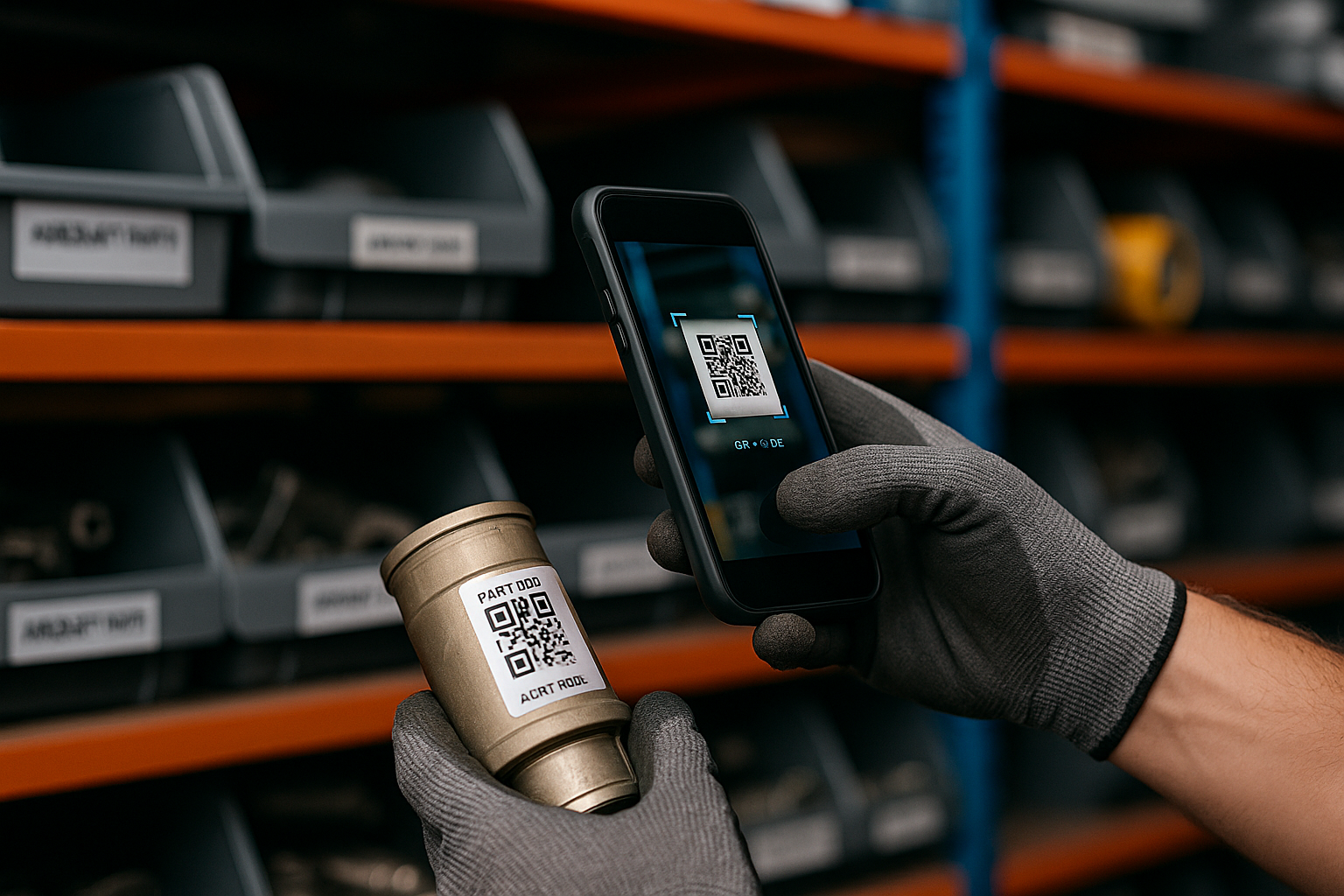
Every hour an aircraft waits on the tarmac because maintenance data are missing or a part’s expiry goes unnoticed, revenue evaporates and schedules unravel. Yet many airlines still rely on spreadsheets or maintenance systems designed decades ago—tools that can’t keep pace with today’s traffic growth, regulatory scrutiny, or data volumes. In this guide we break down the must-have capabilities of modern aviation maintenance software solutions and show how they translate into measurable safety, compliance, and cost wins.
Aviation isn’t discrete manufacturing. Tasks are governed by airworthiness directives, OEM instructions, and hard deadlines that can ground multimillion-dollar assets. Maintenance systems must therefore:
Legacy tools bolt these pieces together with manual exports. Modern solutions embed them natively, updating everything in real time whenever a technician closes a task or a buyer receives a part.

Maintenance, inventory, and purchasing often live in separate databases, forcing teams to reconcile information by hand—introducing delays and mismatches.
Most older platforms generate reports after something expires. By contrast, rule-based alerts notify planners weeks before limits hit, giving them options rather than emergencies.
If technicians must return to a desktop PC to sign off work, you lose productive wrench time and risk transcription errors.
Without live metrics, leadership can’t compare bases, forecast spend, or prove ROI on reliability programs.
Configure rules for part expirations, AD applicability, and certification renewals. The system should push notifications by email, SMS, or in-app to the responsible engineer—before the limit grounds the aircraft. SOMA’s maintenance module includes customizable alert thresholds out of the box.
Tie work orders directly to parts stock so planners see availability while scheduling and purchasing teams get instant reorder points. SOMA’s aviation maintenance management solution links tasks, stock, and cost centres in one UI.
An aerospace-grade ERP closes the loop—issuing POs, tracking delivery receipts, and logging certificates alongside the maintenance record. Operators gain tamper-proof audit trails and predictive stock thresholds.
Push live flight schedules, fuel burn, and utilisation data straight into maintenance planning. SOMA’s flight operations module gives dispatch, engineers, and stores a single source of truth.
Role-based dashboards surface MTBUR, schedule reliability, and deferred-defect ageing so leaders can act fast—not wait for month-end PDFs.
Native iOS/Android apps let technicians receive tasks, capture photos, and sign digital logbooks right at the aircraft—even offline—then sync when connectivity returns.
ML models ingest vibration, flight-cycle, and defect data to forecast part failures and optimise check intervals, cutting AOG events and inventory carrying cost.

Faced with data silos and SAP integration headaches, regional carrier ATSA replaced fragmented tools with SOMA’s integrated suite. The airline now tracks maintenance, inventory, and flight operations in one platform—boosting efficiency and service quality across Dash-8 and Beechcraft fleets.
Mirror each tail’s configuration digitally to test what-if scenarios—like swapping an engine or extending a check—without touching the real aircraft.
AI combines utilisation trends with supplier lead times to order parts only when probability of need crosses a set threshold—reducing overstock and freight premiums.
Immutable, time-stamped records accelerate regulator audits and reassure lessors at redelivery.
Dashboards link task duration, labour rate, and consumables to reveal true per-flight-hour maintenance cost.
Choosing the right aviation maintenance software solution isn’t just an IT upgrade—it’s an operational mandate. Integrated platforms like SOMA Software knit together engineering, logistics, and flight operations so your teams spend less time chasing data and more time keeping aircraft airborne.
Ready to see it in action?
Book a personalized demo or download the free technical spec sheet to learn how SOMA’s modular suite can modernize your maintenance program from hangar floor to head office.